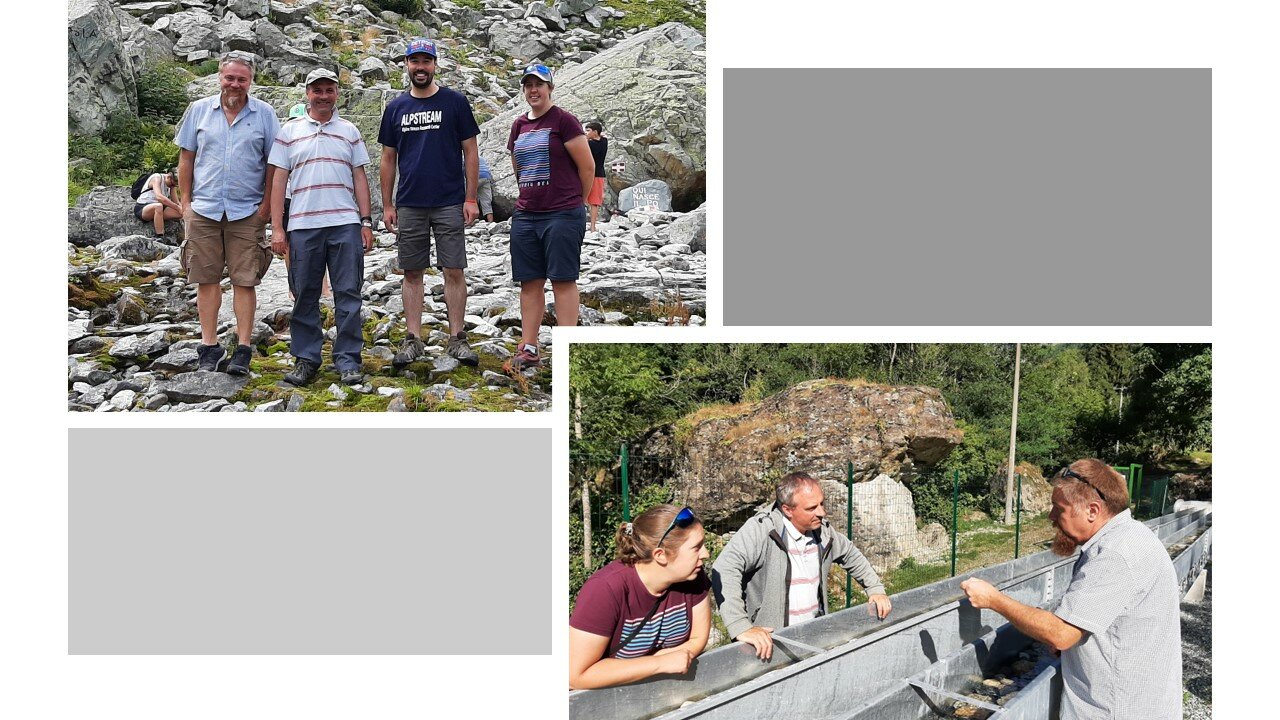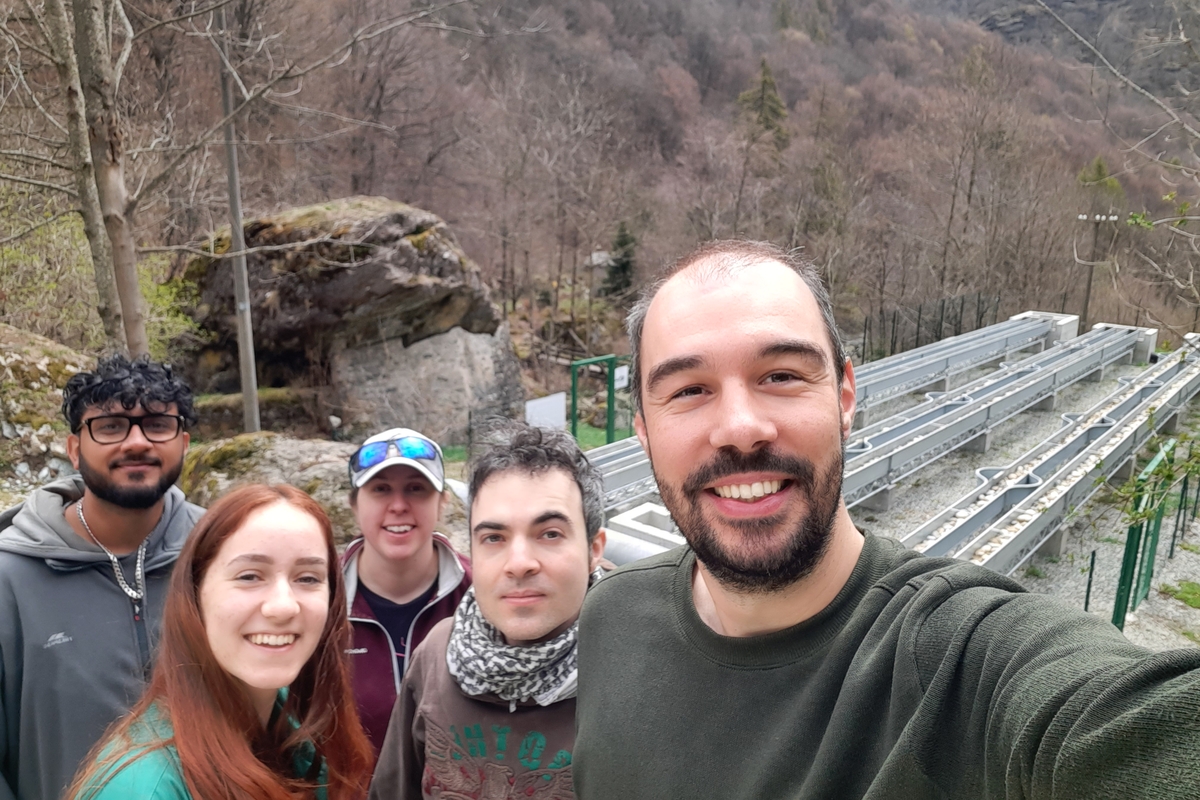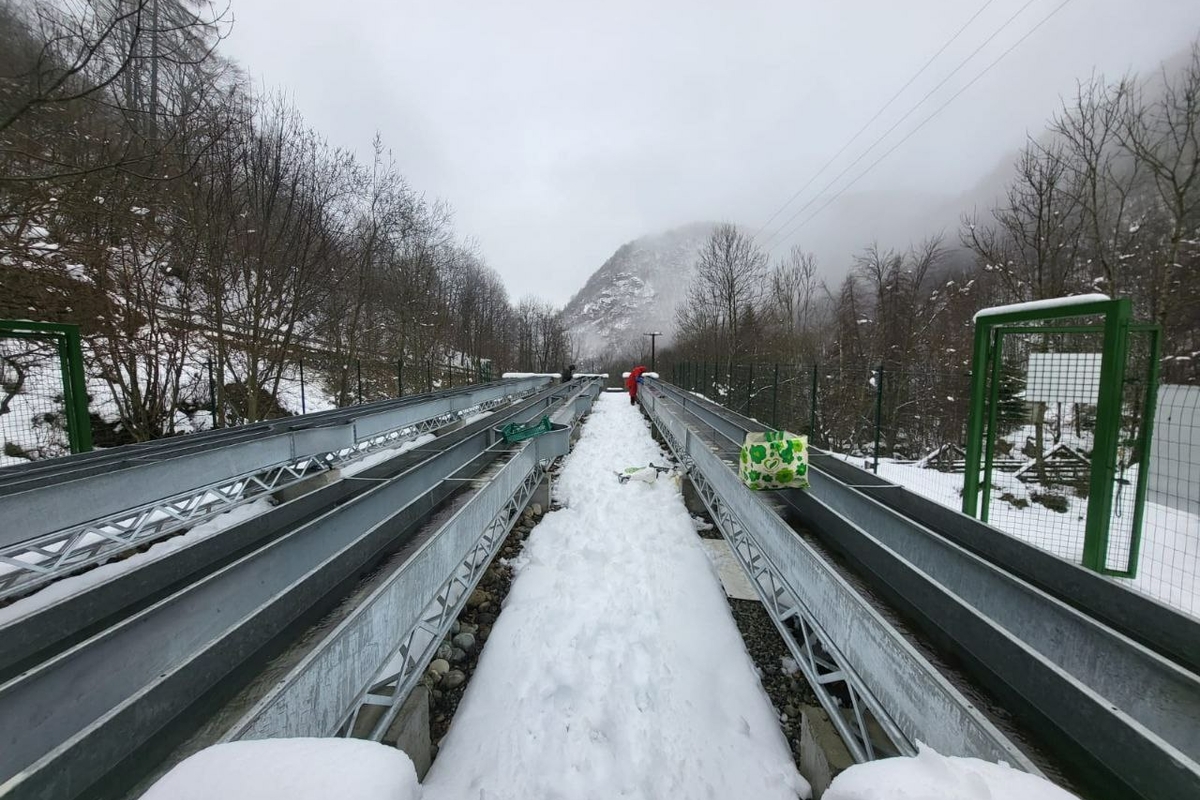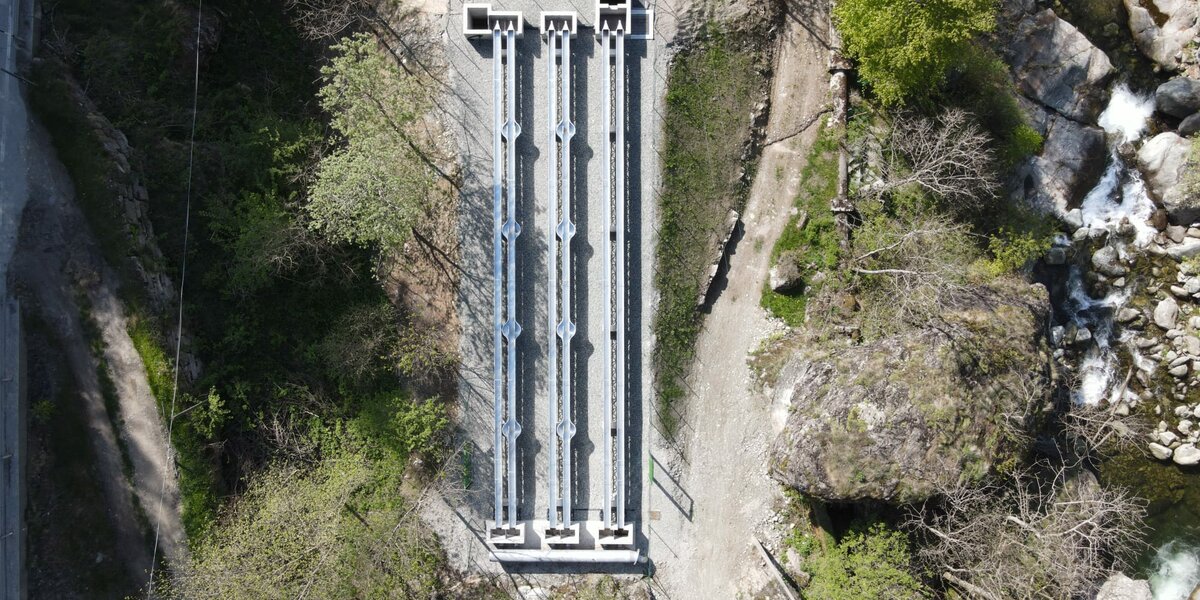
Outdoor laboratory of alpine eco-hydraulics
Alpine rivers are unique ecological systems, extremely dynamic, rich in biodiversity and very complex from a functional point of view. They constitute the most important reserve of water from a quantitative and especially qualitative point of view. Unfortunately these unique environments are increasingly threatened by both global and local impacts. For these reasons, the sustainable management of water resources and river ecosystems is a topic of primary and absolute importance, which can only be addressed through the increase in knowledge, the dissemination of results, and the preservation of biodiversity and of the ecosystem functioning.
In the field of research, the use of artificial mesocosms represents an innovative and very interesting strategy for studying and understanding the morpho-hydrological and ecological dynamics of Alpine rivers. The outdoor mesocosms of ALPSTREAM is composed of artificial channels with a controlled flow of water, which can be used for manipulative experiments aimed at studying some physical, chemical or biological properties of the natural Alpine rivers.
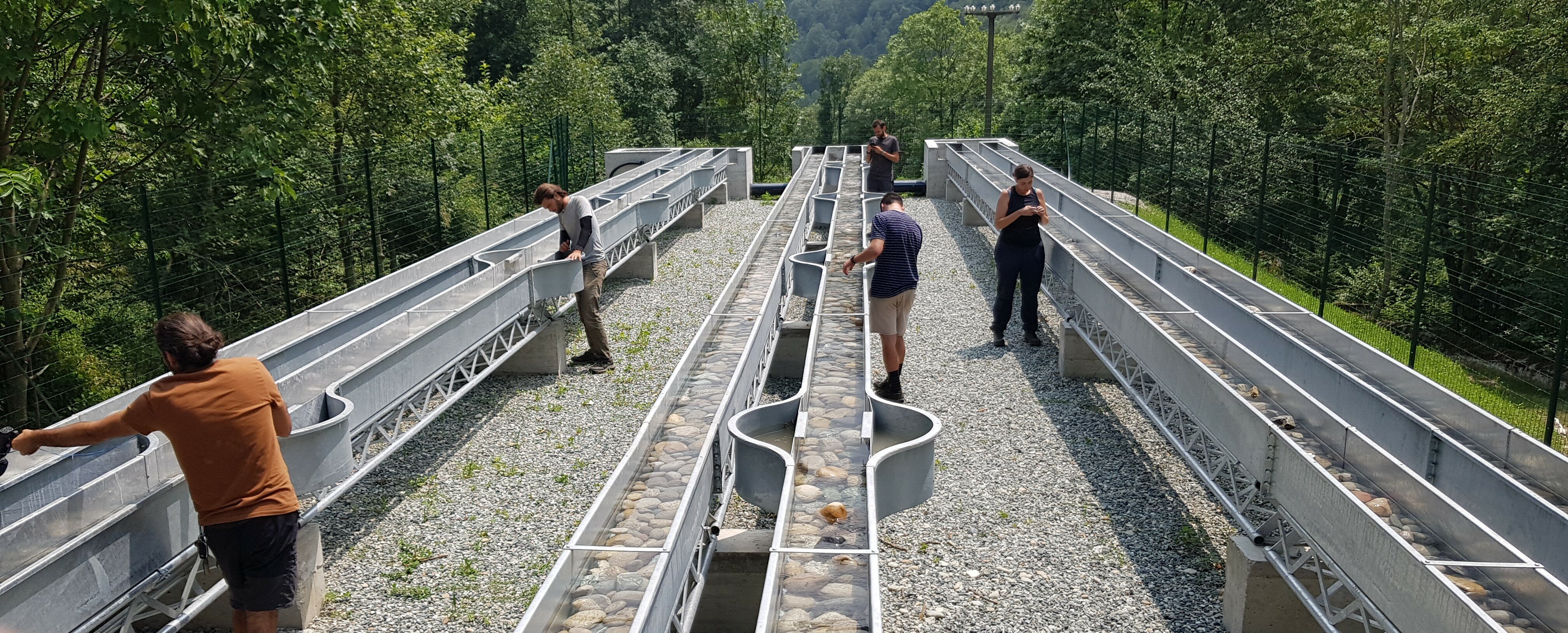
The idea behind this experimental station is that to carry out excellent research 'you can't bring a river into a laboratory, but you can bring a laboratory on a river'. By controlling some physical variables of the river system (for example: water speed, flow rate, solid transport, temperature, chemistry) it is possible to select some environmental parameters that can have impacts on the different biological components of the ecosystem, such as bacteria, fungi, algae and macroinvertebrates. Furthermore, these mesocosms can be used for studies relating to the biological cycles of diatoms, aquatic insects and benthic fish. The mesocosms were designed by POLITO and EDes Ingegneri Associati, with the collaboration of the Hydrobiology and River Ecology groups of UNITO and UPO.
Our research in the eco-hydraulic mesocosm
Alpstream e la Loughborough University (UK)
Prof. Wood and Dr. Mathers, two of the leading experts in river ecology and geomorphology at European level, visited the Alpstream Center and its artificial mesocosms in July 2022. An experiment was performed in spring 2023 aimed at evaluating the effects of excessive fine sedimentation (i.e. siltation) on the biological components of Alpine watercourses. Dr. Kate Mathers will carry out part of her postdoc research in Ostana, staying there for a few months during which the entire experiment will take place.
